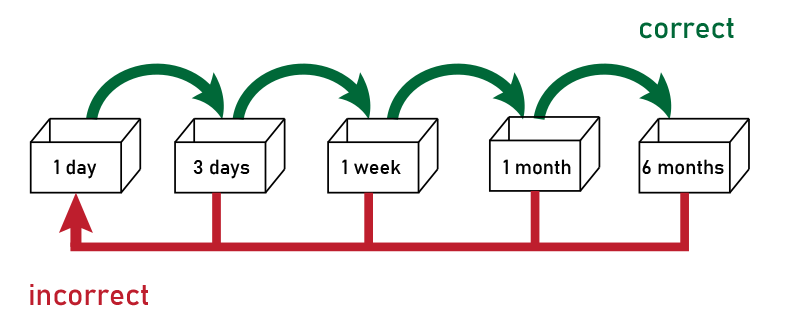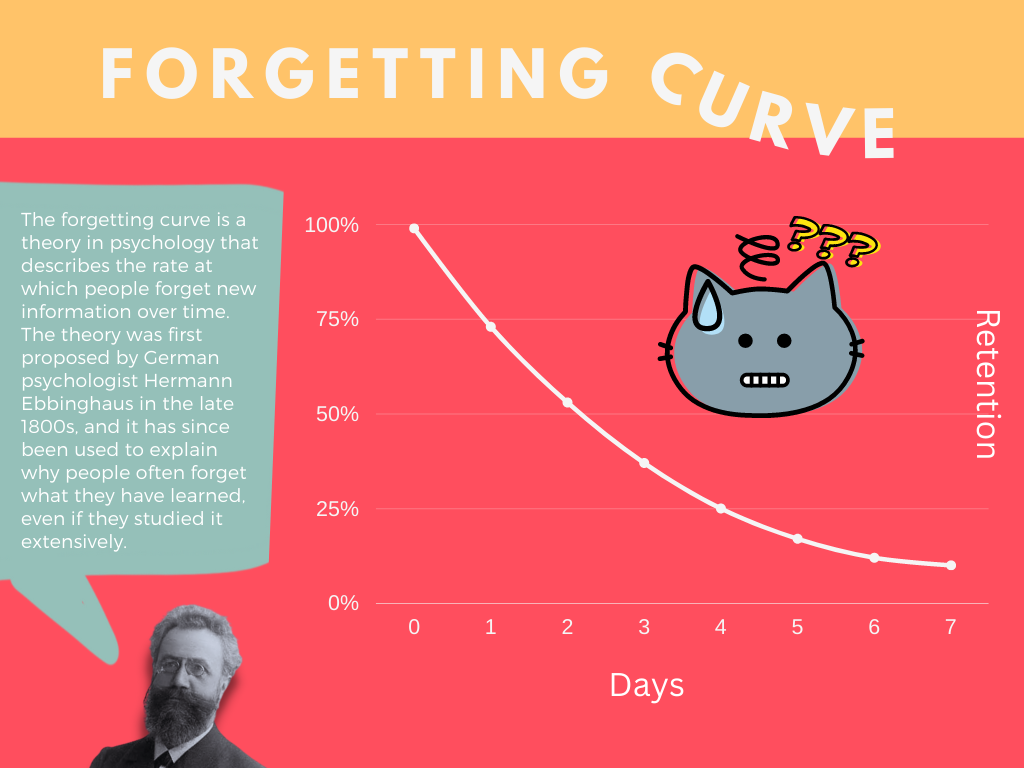
Are you learning a new language and looking for ways to improve your vocabulary and retention? Look no further than ANKI flashcards. ANKI is a powerful and versatile tool that can help language learners of all levels to improve their skills and retain what they have learned. In this blog post, we will discuss some of the top benefits of using ANKI flashcards for language learning.
With their spaced repetition technique and customization features, ANKI flashcards can help you learn and remember new information more effectively than traditional study methods.
What is “Spaced Repetition”?

Spaced repetition is a learning technique that involves breaking up the study of new information into spaced intervals. This means that instead of trying to learn everything at once, you study the same information multiple times over a period of time. By doing this, you give your brain more opportunities to process and retain the information, making it more likely to stick in your memory.
One of the best ways to use spaced repetition is to create flashcards with the information you want to learn on one side and the corresponding answer on the other. You can then use these flashcards to test yourself on the information at regular intervals, starting with more frequent intervals and gradually increasing the amount of time between each review. This helps your brain gradually build stronger connections to the information, making it more likely to remember it in the long term.
This technique is particularly effective for language learning, where memorizing new vocabulary words is a critical part of the learning process. By using ANKI flashcards to study and review new words, you can improve your retention of the words and make it easier to use them in conversation and writing. This can help you make faster progress in your language learning journey and feel more confident using the new language.
The Forgetting Curve

The forgetting curve is a theory in psychology that describes the rate at which people forget new information over time. The theory was first proposed by German psychologist Hermann Ebbinghaus in the late 1800s, and it has since been used to explain why people often forget what they have learned, even if they studied it extensively.
According to the forgetting curve, the amount of information that people remember decreases exponentially over time. This means that people are likely to forget most of what they learned within just a few days or weeks, unless they actively review and reinforce the information. The exact shape of the forgetting curve can vary depending on factors such as the type of information being learned and the person’s individual learning style, but the general pattern remains the same.
The forgetting curve has important implications for education and learning, as it suggests that simply studying new information once is not enough to retain it in the long term. Instead, people need to actively review and reinforce the information they have learned in order to remember it over time. This is where techniques like spaced repetition, which are used in programs like ANKI, can be particularly effective. By breaking up the study of new information into spaced intervals and gradually increasing the time between each review, people can combat the forgetting curve and improve their ability to remember what they have learned.
How To Use Anki To Learn a Language
For example, on day one, you might review the flashcards four times, with intervals of 30 minutes between each review. This would give them the opportunity to see each word multiple times and start building connections to it in their memory. On day two, you might review the flashcards three times, with intervals of an hour between each review. This would give your brain more time to process and retain the information, making it more likely to remember it in the long term. And on day three, you might review the flashcards twice, with intervals of two hours between each review. This would help to solidify the information in their memory and make it easier to recall in the future.
3 Reasons For Using ANKI Flashcards
1. ANKI flashcards are customizable
One of the biggest advantages of using ANKI flashcards is that they are highly customizable. You can create your own flashcards with the words and phrases that you want to learn, or you can use pre-made flashcard decks that are available online. This allows you to tailor your flashcards to your specific learning needs and goals.
2. ANKI flashcards are portable and can be used on multiple devices
Another great benefit of using ANKI flashcards is that they are portable and can be used on multiple devices. This means that you can access your flashcards on your smartphone, tablet, or computer, making it easy to study whenever and wherever you have a few minutes to spare. This makes ANKI a great tool for language learners who are always on the go.
3. ANKI is free and open-source
Another big advantage of using ANKI flashcards is that the software is free and open-source. This means that you can download and use ANKI without having to pay anything (at least the web and desktop versions), and you can also access a large community of users who share their tips and advice on using ANKI effectively. This makes ANKI a great option for language learners on a budget.
In conclusion, ANKI flashcards are a powerful and versatile tool that can help language learners of all levels to improve their skills and retain what they have learned. With customizable flashcards, spaced repetition, portability, and a free and open-source platform, ANKI is a great resource for anyone looking to improve their language skills.
Download links and more: apps.ankiweb.net
–